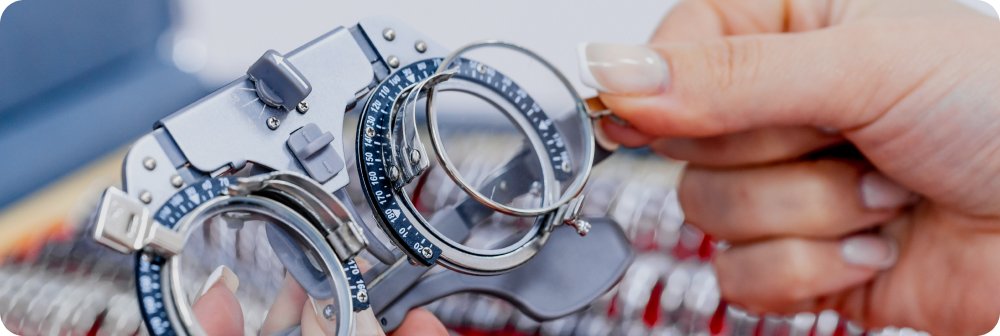Introduction
With the rise of medical tourism, thousands of people travel each year to undergo procedures like LASEK eye surgery at a lower cost or with access to top-tier specialists. But one question remains at the forefront: Is it safe to have LASEK surgery as a medical tourist?
The short answer is yes — LASEK is generally safe abroad, provided you take key precautions and choose the right provider. This guide outlines everything you need to know about ensuring a safe and successful LASEK experience internationally.
Why LASEK is a Popular Procedure for Medical Tourists
LASEK (Laser-Assisted Subepithelial Keratectomy) is a surface-based laser eye surgery that reshapes the cornea to correct vision. It’s often preferred over LASIK for patients with thin corneas or active lifestyles, such as athletes and military personnel.
Medical tourists choose LASEK abroad for several reasons:
- Lower costs (up to 60–80% cheaper than in the U.S. or UK)
- Highly experienced surgeons in global eye centers
- Modern laser technology in accredited facilities
- The opportunity to combine recovery with travel
1. Safety Depends on the Clinic — Not the Country
Contrary to common belief, safety isn’t defined by geography alone. While some countries are more developed, individual clinic standards vary widely — even within the same city.
What matters more:
- Surgeon expertise
- Clinic hygiene protocols
- Medical equipment and laser technology
- Accreditation and licensing
🛑 Avoid clinics offering suspiciously low prices or vague package details.
2. How to Verify a Clinic’s Safety Credentials
Before booking your LASEK procedure abroad, here are key steps to verify clinic safety:
✅ Check for International Accreditations
- JCI (Joint Commission International) – the gold standard for global healthcare accreditation
- ISO 9001 – ensures quality management systems
- TEMOS or GCR certifications – used by top medical tourism providers
✅ Look for National Licensing
Confirm that the clinic and surgeon are registered with:
- The country’s Ministry of Health
- National Ophthalmology or Medical Council
- Local medical associations (e.g., Turkish Medical Association, Indian Medical Council)
✅ Review Surgeon Qualifications
Ask for:
- Board certifications in ophthalmology
- Fellowship training in refractive surgery
- Years of experience with LASEK (not just LASIK) procedures
- Total number of procedures performed
📄 Request proof, such as scanned diplomas or licenses — reputable clinics will gladly provide them.
3. Ask About Laser Technology and Equipment
A safe LASEK procedure depends on FDA- or CE-approved lasers and high-precision diagnostic tools.
Questions to Ask:
- What brand and model of excimer laser is used?
- Is wavefront-guided or topography-guided LASEK available?
- How often is the equipment calibrated?
- Is the facility equipped for managing complications or enhancements?
⚠️ Avoid clinics using outdated equipment or unable to clearly describe their technology.
4. Read Verified Patient Reviews and Case Studies
Look for patient reviews on independent medical tourism platforms (not just the clinic’s own site), such as:
- Trustpilot
- RealSelf
- WhatClinic
- Google Maps reviews
- Facebook or Reddit support groups
📷 Some clinics also offer before-and-after case studies, with patient consent — request to see them.
5. Understand Local Safety Regulations and Medical Laws
Each country has different standards for healthcare oversight. While many international clinics uphold excellent safety protocols, others may not.
Before traveling:
- Research the local legal protections for international patients
- Ask the clinic about infection control protocols
- Find out if there’s legal recourse in case of malpractice
🔍 Countries like South Korea, Turkey, Singapore, Thailand, and the Czech Republic are known for strict medical regulations and transparency.
6. Recognize Red Flags That Signal Unsafe Clinics
🚫 Be cautious if the clinic:
- Pressures you to book quickly with deep discounts
- Refuses to share detailed surgeon credentials
- Has vague or non-transparent pricing
- Does not provide a full consultation before surgery
- Lacks a clear aftercare plan or follow-up options
7. Tips for a Safe LASEK Experience Abroad
Here’s how to make your medical travel as safe as possible:
📋 Pre-Trip Preparation
- Have a local eye exam and share results with the clinic
- Ask for a written treatment plan before flying
- Confirm what’s included in your surgical package (medications, follow-ups, accommodations)
✈️ While Abroad
- Arrive 1–2 days early for final consultation and testing
- Stay at least 5–7 days post-op for healing and follow-up
- Avoid high-risk activities like sightseeing too soon after surgery
🏠 Post-Trip Recovery
- Have a home-based optometrist ready for follow-up
- Receive a surgery report and aftercare instructions
- Ask for remote support (email, WhatsApp, or video check-ins)
Final Thoughts: Is It Safe?
Yes — LASEK eye surgery can be very safe for medical tourists, provided you choose a clinic that:
- Is internationally accredited
- Offers full transparency
- Uses modern technology
- Has experienced, certified surgeons
- Provides pre- and post-op support
By taking the time to research and verify your options, you can enjoy world-class care, better vision, and peace of mind — all at a fraction of the cost.




